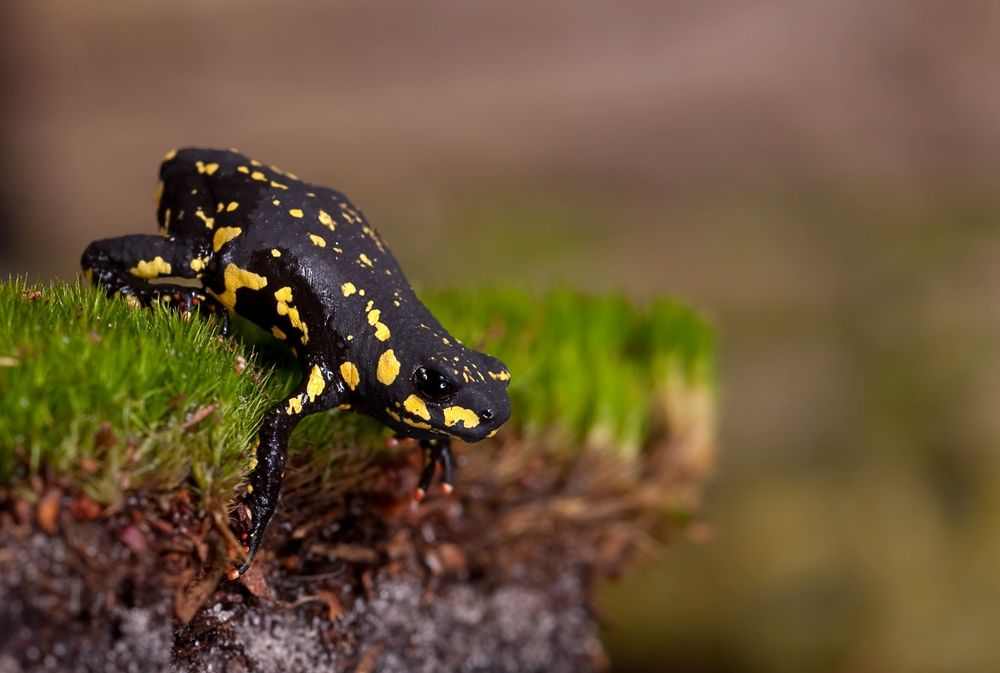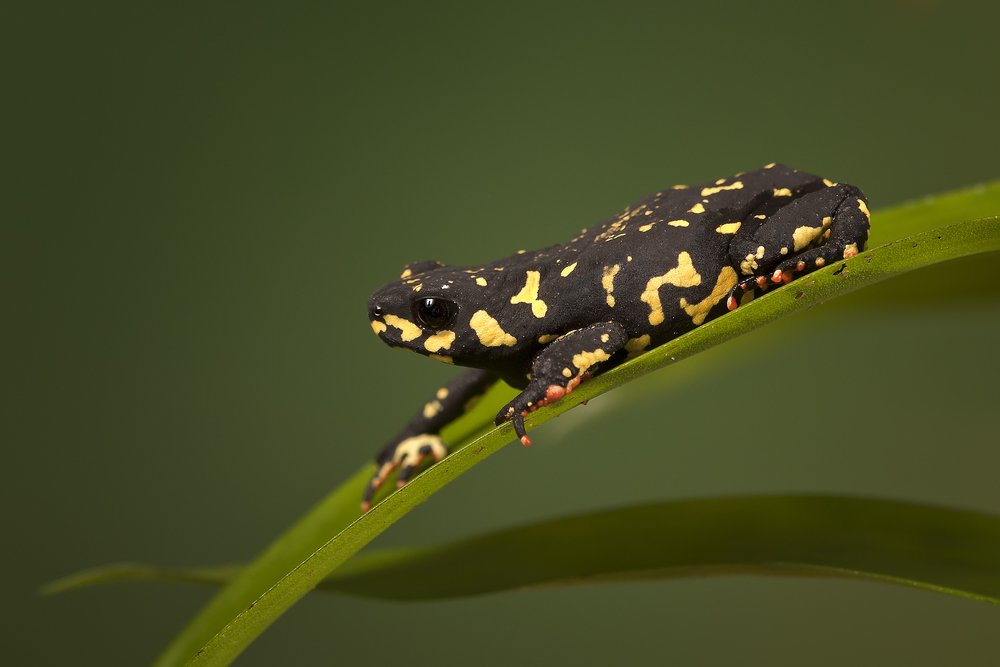Bumblebee toads (Melanophrynicus klappenbachi) are true toads from South America. They are some of the easiest toads to care for in the hobby and could well be the best pet amphibian for beginners. More active than horned frogs, less demanding than dart frogs and more colourful than axolotls, bumblebee toads are an underrated species that has only recently began receiving the attention they deserve.

Bumblebee Toad husbandry
Coming from the hills and plains of Paraguay, Uruguay and Northern Argentina, bumblebee toads can tolerate a huge variation in temperature and humidity. Aiming for a humidity between 55% and 75% is recommended. Spring temperatures in Northern Argentina can jump from 15°C to 27°C within a few days. Most keepers aim for temperatures between 18.5°C and 23.5°C.
There are several species within the Melanophrynicus genus that look very similar. A lot of US keepers will be familiar with M. stelzneri, which are frequently imported from Paraguay, but captive breeding successes of M. klappenbachi in the UK means this Argentine species is the most readily available here.
M. klappenbachi is often found in close proximity to running water and therefore would benefit from some water within the enclosure, providing it is well-ventilated enough to ensure humidity is kept quite low. Being a small species that only grows to around 2” long (and males, much smaller), enclosures can be as basic or as elaborate as the keeper wishes and groups can be kept with no trouble. Appropriate substrate such as Bio Life Forest and plenty of cork bark hides are necessary, but live plants, large rocks and a water feature can help create the optimal environment.
Like most toads, bumblebee toads will feed on just about anything that can fit in their mouth. Of course, these mouths are much smaller than other popular toads, so a staple diet of gut-loaded micro crickets, along with fruit flies, springtails and bean weevils dusted in a multi-vitamin supplement is perfect.
During breeding seasons these toads have extremely loud calls. Although the use of a rain chamber is required to incite breeding and the process can be relatively complex, pet owners attracted to the accessibility of this species should be warned of their loud calls.
